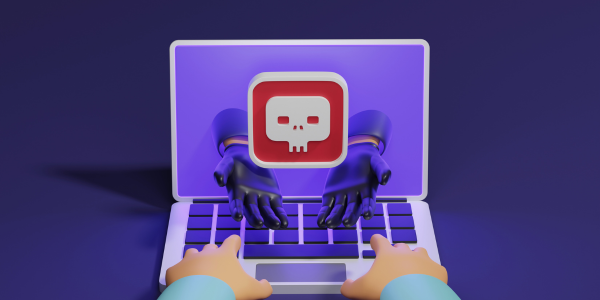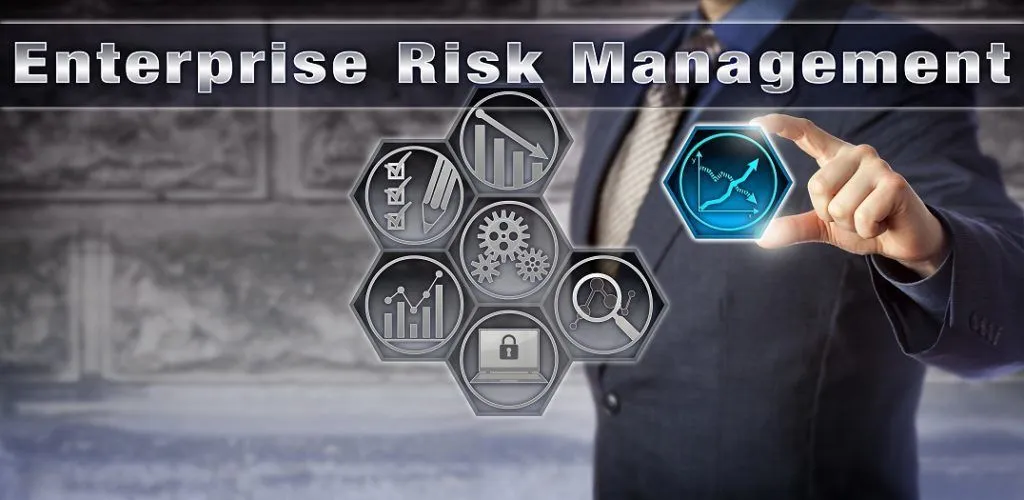Avoiding the Trap of Romance Scams: Protect Yourself or Loved Ones from Financial Loss

Romance scams have become a global problem, resulting in heartbreak and financial loss. In fact, according to the Federal Trade Commission, consumers lost $1.14 billion to romance scams in 2023. The typical victim lost $4,400—an amount that could completely ruin many emotionally and financially—as scammers employ ever more advanced strategies. Knowledge of these frauds is […]
Why is integrating comprehensive risk management effective for holistic protection?

Hey there, fellow protectors of organizational integrity! Let’s discuss something pertinent to every organization in the fast-paced market environment: Risk management. We must appreciate that we live in an era filled with many business uncertainties, majorly influenced by external factors. Today’s entrepreneurs discuss how digital technology has enhanced marketing and eased their operations to reach […]